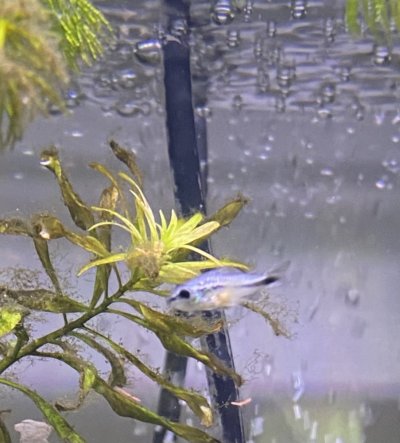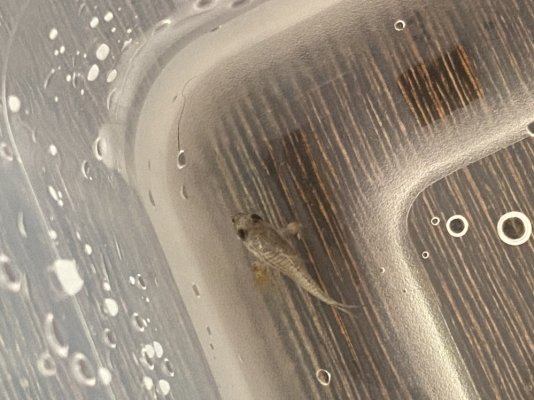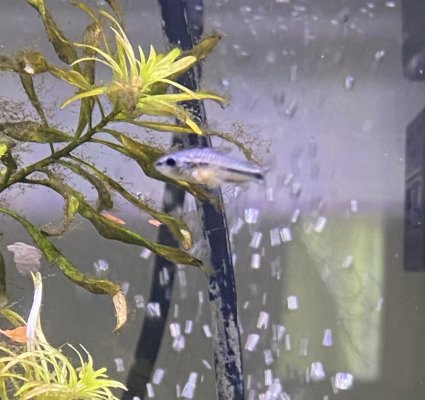It is Saprolegnia fungus. Just leave the fish in the main tank and add some salt to it.
Do not use medications unless you know what the problem is. Maracyn is an antibiotic and the fish does not have a bacterial infection. Bacterial infections appear as red sores or patches. Improper use and mis-use of antibiotics has lead to drug resistant bacteria that kill people, birds, fish, reptiles and mammals all around the world. Antibiotics should only be used on known bacterial infections that haven't responded to normal treatments.
-------------------
SALT
Using Salt to Treat Fish Health Issues.
For some fish diseases you can use salt (sodium chloride) to treat the ailment rather than using a chemical based medication. Salt is relatively safe and is regularly used in the aquaculture industry to treat food fish for diseases. Salt has been successfully used to treat minor fungal and bacterial infections, as well as a number of external protozoan infections. Salt alone will not treat whitespot (Ichthyophthirius) or Velvet (Oodinium) but will treat most other types of external protozoan infections in freshwater fishes. Salt can treat early stages of hole in the head disease caused by Hexamita but it needs to be done in conjunction with cleaning up the tank. Salt can also be used to treat anchor worm (Lernaea), fish lice (Argulus), gill flukes (Dactylogyrus), skin flukes (Gyrodactylus), Epistylis, Microsporidian and Spironucleus infections.
You can add rock salt (often sold as aquarium salt), swimming pool salt, or any non iodised salt (sodium chloride) to the aquarium at the dose rate of 1 heaped tablespoon per 20 litres of water. If there is no improvement after 48 hours you can double that dose rate so there is 2 heaped tablespoons of salt per 20 litres.
Keep the salt level like this for at least 2 weeks but no longer than 4 weeks otherwise kidney damage can occur. Kidney damage is more likely to occur in fish from soft water (tetras, Corydoras, angelfish, Bettas & gouramis, loaches) that are exposed to high levels of salt for an extended period of time, and is not an issue with livebearers, rainbowfish or other salt tolerant species.
The salt will not affect the beneficial filter bacteria, fish, plants, shrimp or snails.
After you use salt and the fish have recovered, you do a 10% water change each day for a week using only fresh water that has been dechlorinated. Then do a 20% water change each day for a week. Then you can do bigger water changes after that. This dilutes the salt out of the tank slowly so it doesn't harm the fish.
If you do water changes while using salt, you need to treat the new water with salt before adding it to the tank. This will keep the salt level stable in the tank and minimise stress on the fish.
When you first add salt, add the salt to a small bucket of tank water and dissolve the salt. Then slowly pour the salt water into the tank near the filter outlet. Add the salt over a couple of minutes.




